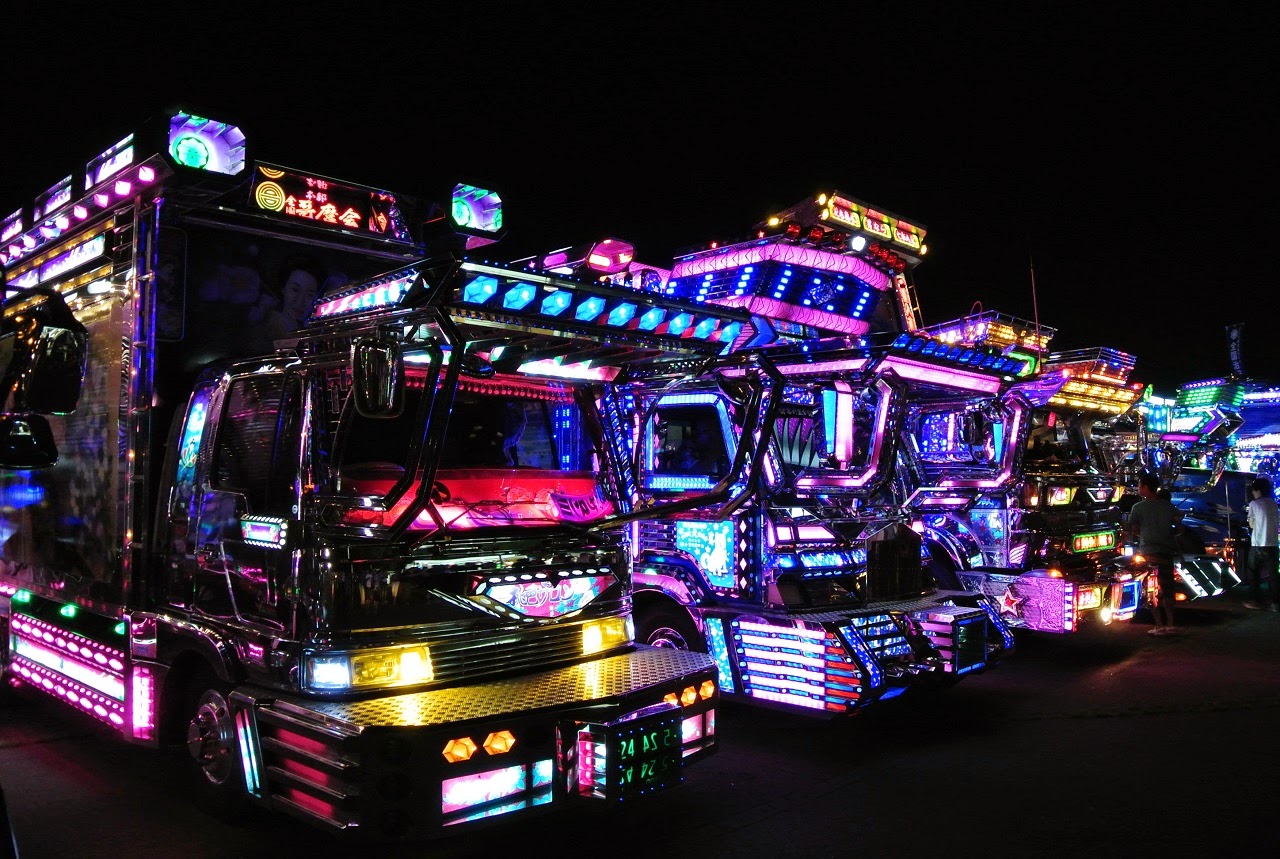Introduction
Lowrider culture in Japan, a vibrant and distinctive expression of automotive artistry. In Japan, enthusiasts have embraced this unique subculture, infusing it with their own creative flair while honoring its roots in Chicano communities of the United States. In this blog, we delve into the world of lowrider culture in Japan, exploring its history, influences, and the passionate individuals who keep it alive. In recent years, the visibility of lowrider culture in Japan has surged, attracting attention from mainstream media and art institutions. The fusion of Japanese aesthetics with the traditional elements of lowriding has resulted in truly unique and captivating automotive creations. As lowrider events and exhibitions gain traction across the country, more people are becoming fascinated by the craftsmanship and innovation within the community.
Origins of Lowrider Culture
Lowrider culture traces its origins to the streets of 1940s and 1950s Southern California, where Mexican-American communities transformed ordinary automobiles into rolling works of art. The term “lowrider” refers to vehicles customized to have a lowered chassis, often fitted with hydraulic or airbag suspension systems that allow the car to bounce and dance with rhythm.
Adoption and Evolution in Japan
In the 1980s, lowrider culture began to captivate Japanese enthusiasts who were drawn to its unique aesthetic and expressive potential. Initially influenced by American media, including films and magazines showcasing lowrider lifestyle, Japanese enthusiasts started to establish their own communities and events dedicated to the culture. As Japanese enthusiasts delved deeper into lowrider culture, they not only embraced its visual aspects but also its underlying values of self-expression and individuality. The adaptation of lowrider aesthetics into Japanese car customization reflected a synthesis of cultural influences and a celebration of diversity. Over time, Japanese lowrider enthusiasts have contributed their own innovations and interpretations, further enriching the global tapestry of lowrider culture. The evolution of lowrider culture in Japan serves as a testament to the power of cultural exchange and the universal appeal of artistic expression through automotive design. As the movement continues to evolve, its impact resonates far beyond the streets, influencing trends in fashion, music, and popular culture worldwide.
The Lowrider Scene in Japan Today
Today, Japan boasts a thriving lowrider scene, with clubs and enthusiasts spread across the country. From Tokyo to Osaka, these aficionados gather at car shows, cruises, and events to display their meticulously crafted vehicles and share their passion for lowrider culture. In recent years, Japan’s lowrider community has not only embraced the classic American aesthetic but also infused it with unique Japanese flair, incorporating elements of traditional Japanese art and design into their customizations. The attention to detail extends beyond just the cars themselves; many enthusiasts meticulously curate their attire and even their hairstyles to reflect the lowrider lifestyle authentically.

Customization and Aesthetic
The heart of lowrider culture lies in customization. From intricate paint jobs featuring vibrant colors, intricate designs, and metallic flakes to chrome-plated accessories and custom upholstery, every detail is meticulously chosen to reflect the owner’s personality and style. The process of transforming a standard vehicle into a lowrider masterpiece requires dedication, craftsmanship, and an eye for detail. Lowriders often feature hydraulic or airbag suspension systems that allow drivers to adjust the height of their vehicles with the push of a button, adding an element of dynamism to their ride. Beyond mere transportation, lowriders are symbols of self-expression and cultural pride, embodying the creativity and ingenuity of their owners. Many enthusiasts draw inspiration from the rich history of lowriding, which traces its roots back to Chicano communities in the United States, where it served as a form of rebellion and cultural assertion. The global spread of lowrider culture underscores its enduring appeal and its ability to transcend geographical and cultural boundaries, uniting enthusiasts from diverse backgrounds under a common passion for automotive artistry. As Japan’s lowrider scene continues to flourish, it pays homage to the legacy of the movement while forging new paths of innovation and creativity in automotive customization.
Hydraulics and Suspension
One of the defining features of a lowrider is its hydraulic or airbag suspension system, which allows the vehicle to raise, lower, and tilt with precision. Hydraulic setups, often controlled by switches or buttons, enable lowriders to perform mesmerizing maneuvers, including bouncing, hopping, and three-wheel motion. These hydraulic systems not only serve as a functional enhancement but also as a form of artistic expression. The choreography of hydraulics in lowriders is often synchronized to music, creating a mesmerizing spectacle at car shows and events. The intricate dance of a lowrider’s suspension system reflects the skill and creativity of its builder, captivating audiences with its fluid motions and rhythmic precision. Beyond their aesthetic appeal, hydraulic setups require meticulous engineering and tuning to ensure reliability and safety, showcasing the technical expertise of the lowrider community.
Community and Camaraderie
Beyond the cars themselves, lowrider culture is about community and camaraderie. Enthusiasts come together to share knowledge, exchange ideas, and support one another in their passion for custom automotive design. Whether at local meetups or international events, the sense of belonging and mutual respect among lowrider enthusiasts is palpable. Many lowrider clubs organize charity events and community outreach programs, using their passion for cars as a platform for positive social impact. Through car washes, fundraisers, and other initiatives, lowrider communities give back to their neighborhoods and support causes close to their hearts. The sense of camaraderie extends beyond the automotive realm, fostering lifelong friendships and bonds that transcend geographical boundaries. Lowrider culture serves as a gateway for individuals from diverse backgrounds to come together and celebrate their shared interests, breaking down barriers and promoting understanding among people of all walks of life.
Challenges and Recognition
While lowrider culture in Japan continues to thrive, it has also faced its share of challenges. Legal restrictions on vehicle modifications, noise ordinances, and societal perceptions of car customization present hurdles for enthusiasts. Despite these challenges, the dedication of lowrider aficionados persists, fueled by their love for the culture and the desire to preserve its legacy. In response to legal constraints, many lowrider enthusiasts in Japan have become advocates for policy changes, lobbying for regulations that accommodate their passion while ensuring safety and environmental responsibility. Some clubs and organizations actively engage with local authorities and communities to foster understanding and promote responsible car modification practices. Despite the obstacles, the resilience of lowrider culture in Japan shines through, with enthusiasts finding innovative ways to overcome challenges and keep their passion alive.
The Future of Lowrider Culture in Japan
As lowrider culture continues to evolve, its influence transcends borders and generations. With the rise of social media and online communities, Japanese lowrider enthusiasts connect with like-minded individuals around the world, sharing their passion and inspiring others to embrace this unique form of automotive expression. The future of lowrider culture in Japan remains bright, fueled by the creativity, dedication, and unwavering spirit of its enthusiasts. Through platforms like social media and online forums, Japanese lowrider enthusiasts not only showcase their own builds but also draw inspiration from lowrider scenes in other parts of the world, creating a global dialogue of creativity and innovation. The cross-cultural exchange enriches the lowrider community, fostering collaboration and pushing the boundaries of what’s possible in automotive customization.
Conclusion
In the colorful tapestry of Japan’s automotive subcultures, lowrider culture stands out as a testament to creativity, craftsmanship, and community. From its humble beginnings in California to its flourishing presence in Japan, the allure of lowrider culture in Japan continues to captivate enthusiasts and inspire generations. As the wheels of time turn, the legacy of lowrider culture lives on, cruising with style and leaving an indelible mark on the streets of Japan and beyond. The passion for lowriders in Japan reflects a broader cultural fascination with customization and attention to detail. In a society known for its reverence for craftsmanship and precision, lowrider enthusiasts find a natural outlet for their creative expression. As the lowrider scene in Japan continues to evolve and innovate, it serves as a testament to the universal appeal of automotive culture and the power of shared passions to transcend cultural boundaries.




































